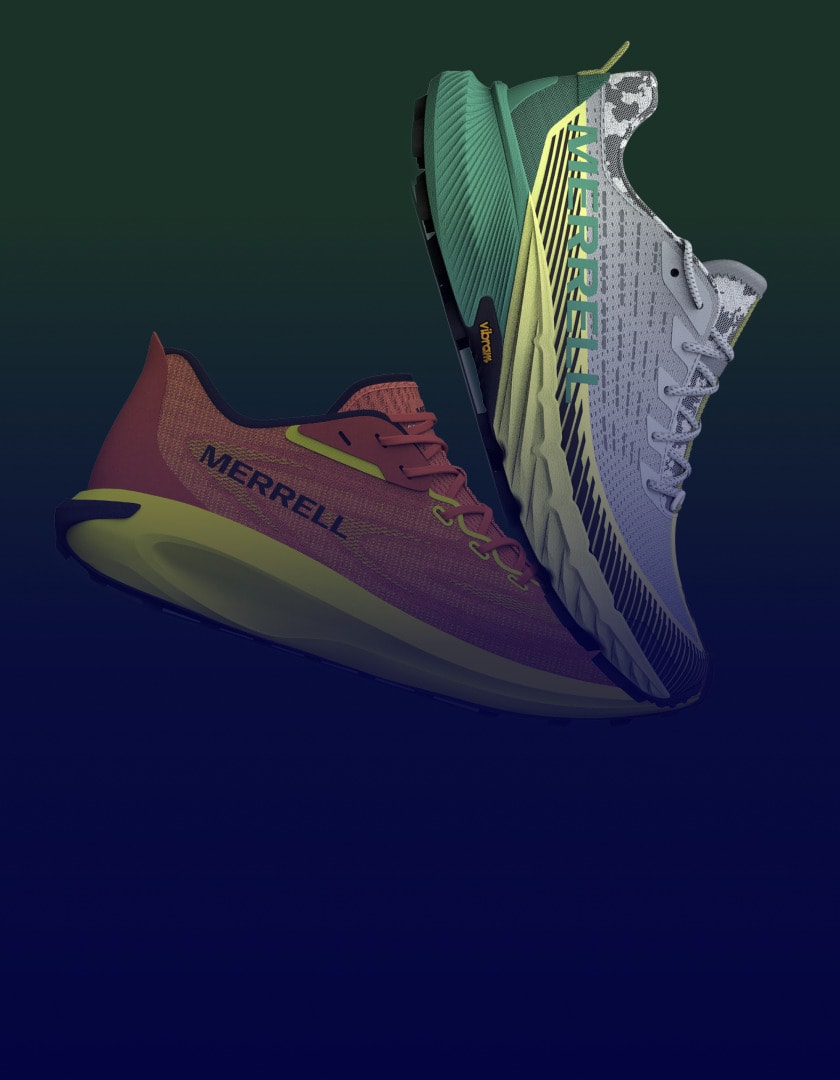Big or Small, PLM is For All: How PLM Transforms Brands of All Sizes

Fast fashion and e-commerce are increasing the pressure for brands to step up to consumer demands and be on trend and on time, every time.
Retail has become incredibly complex. Retailers watch numbers increasing, such as the number of new competitive brands, the number of SKUs they now produce, material prices and labor costs. Synthetic fiber prices, for instance, have increased by 6.4% since the end of 2017. Other numbers are falling or at best remaining stable, such as product margins, time to market and number of internal resources.
It’s a challenging situation, but there are also great opportunities. Brands of all sizes can invest in digital solutions such as Product Lifecycle Management (PLM) to stay at the top of their game and thrive.

Life without PLM
As businesses grow, people come up with tactical solutions for specific problems. Usually, this involves readily available software tools, such as Excel, email, PDFs, Adobe Illustrator, Dropbox and Word, as well as physical documents.
Unfortunately, this creates chaos. Lacking synchronization between document versions, errors creep in and information has to be manually duplicated. Time is wasted searching for information. It’s impossible to know whether information is up to date or track all of the data related to products in a single place.
At some point companies reach a threshold where they realize this situation, and the expense and stress it causes, is no longer viable.
PLM to the rescue
PLM solutions were created to fix this. The most advanced PLM solutions are part of a new generation of enterprise software that reflects the digital transformation that has taken place in every aspect of modern life.
Centric PLM equips users with access to real-time product data, providing a ‘single version of the truth’, total visibility and detailed control of products at each phase of development. It has nine modules, covering the product lifecycle from concept to retail, that ‘plug into’ Centric’s out-of-the-box cloud-based PLM software. Centric connects with other applications, such as ERP systems and Adobe Illustrator.

Ease of use
Centric PLM has an intuitive interface. Using familiar web browser functionality and Excel-like layouts, dashboards are personalized for each user to reflect their role and priorities. Centric embraces the concept of ‘three clicks into one’, reducing the number of steps needed to complete a task.
Data is updated in real time, making a subtle but powerful difference to daily operations. Reports don’t reflect a static point in time, but provide a dynamic view of the current status of products and collections. Changes made by other users are instantly updated on your view, eliminating communication delays.

Manage schedules organically
Category managers have personal ways of organizing calendars and schedule management varies from company to company. Centric PLM’s flexibility gives managers the power to set up schedules according to their individual preferences, but can also roll them all up into global views for executives to follow at a glance.
Centric PLM’s calendar management is organic, meaning that the act of approving a material, a tech pack, a BOM and so forth signifies that the action has been completed, and is immediately visible to everyone in the system. You don’t have to go to a separate task list and check it off.
Centric PLM promotes exception-based management, highlighting items that are behind schedule and need attention, and smart firefighting to address issues before they have knock-on effects.
Flexible product specification
Centric PLM has a flexible product specification setup that supports the creation of an enormous variety of goods, from basic t-shirts to complex protective gear. Standardized templates and the ability to copy and edit styles are key to Centric’s system, eliminating countless hours spent building styles from scratch.
Everything that touches a style, including images, inspiration, default suppliers, default schedules, size charts, BOMs and test specifications, is stored within Centric PLM and updated any time a change is made. Version control is a thing of the past.
Mobile apps
Centric’s user community is tech savvy and expect to access enterprise software in the same way they use technology as consumers. Centric has developed a suite of mobile apps to bring PLM out of the office.
Users can snap pictures of materials and inspirations at trade shows and upload them to Centric, or check sample fits and immediately notify the system and vendors of a pass or fail. With Field Testing, performance testers can give feedback on apparel they are wearing in real time, using their phones.
A solution for all
The key to Centric PLM is that it is flexible and an out-of-the-box solution. Customers can choose one or two modules, or immediately go for the complete Centric suite. They might decide to connect vendors to the system, or not. They could use mobile apps, or stick with the basics. For emerging brands, Centric offers Centric SMB, a cloud-based solution that gives customers everything they need in a PLM and nothing they don’t.
Customers of all sizes choose Centric PLM to support their growth. Whether your brand is big or small, there’s a PLM solution out there for you. See how Marine Layer and Marc Jacobs have achieved results with Centric.








